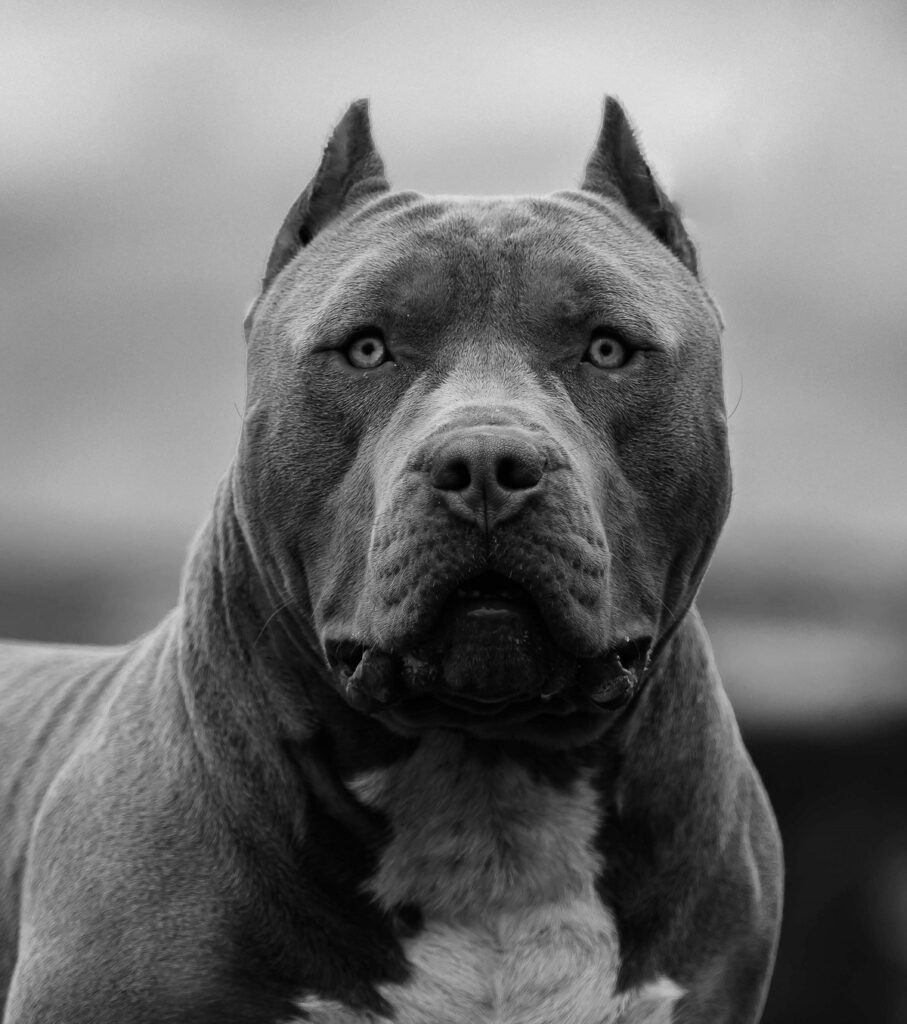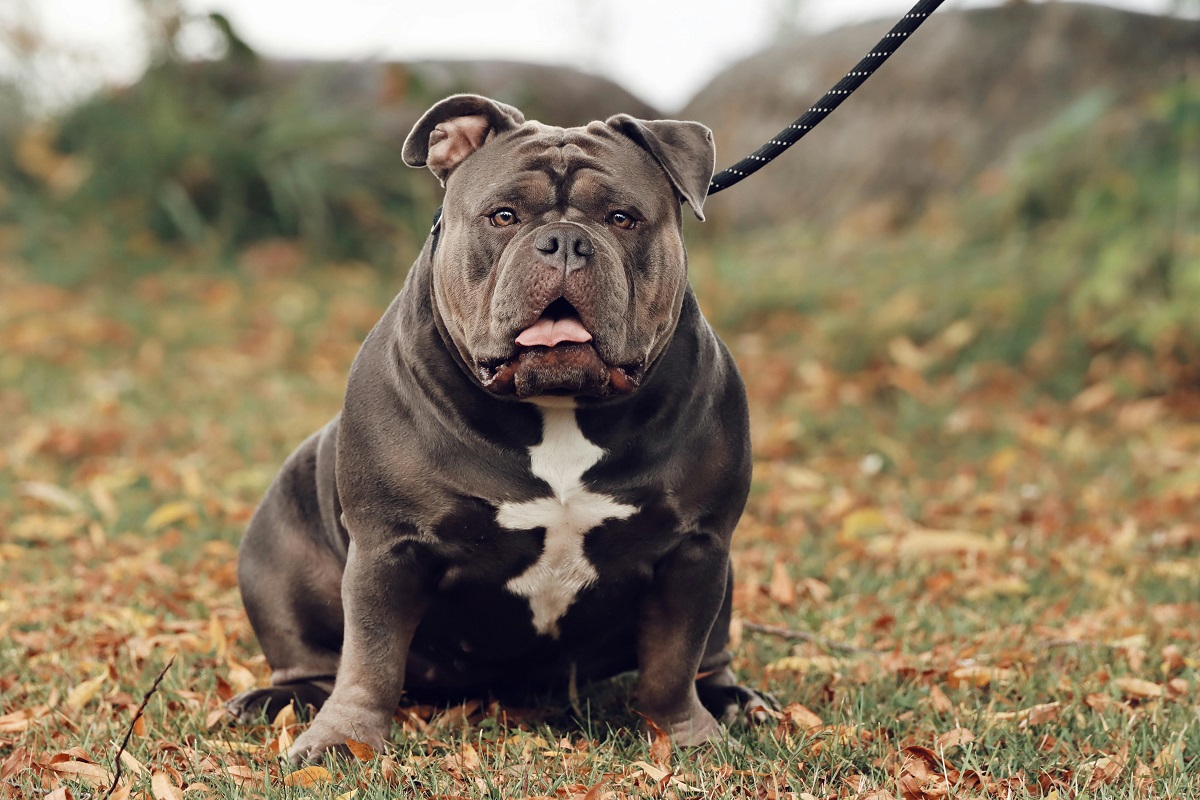The American Bully is a breed of dog that has gained popularity in recent years. Known for its muscular build, friendly nature, and loyalty, the American Bully is a great companion for families and individuals alike. In this article, we will explore the history, characteristics, care requirements, and common misconceptions about this unique breed.
History
The American Bully is a relatively new breed. It was developed in the United States during the 1980s and 1990s. Breeders wanted to create a dog that had the strength and appearance of the American Pit Bull Terrier but with a more gentle and friendly temperament. To achieve this, they crossed the American Pit Bull Terrier with other breeds like the American Staffordshire Terrier, Bulldog, and Mastiff.
The result was the American Bully. This breed was officially recognized by the United Kennel Club (UKC) in 2013. Since then, it has become a popular choice for dog lovers around the world.
Physical Characteristics

| Category | Details |
|---|---|
| Scientific Name | Canis lupus familiaris |
| Class | Mammalia |
| Order | Carnivora |
| Family | Canidae |
| Breed Group | Companion Dog / Utility Dog (varies by kennel club) |
| Origin | United States (1980s-1990s) |
| Height | Pocket: 13-17 inches; Standard: 17-20 inches; Classic: 17-20 inches; XL: 20-23 inches |
| Weight | Pocket: 30-60 lbs; Standard: 60-100 lbs; Classic: 60-100 lbs; XL: 80-150 lbs |
| Coat | Short, glossy, and smooth |
| Colors | Black, blue, brindle, fawn, white, and many other colors and patterns |
| Lifespan | 10-12 years |
| Temperament | Friendly, affectionate, loyal, confident, social, and good with children |
| Energy Level | Moderate to high |
| Exercise Needs | Daily exercise (walks, playtime, mental stimulation) |
| Grooming Needs | Low (weekly brushing, occasional baths, nail trimming, ear cleaning) |
| Trainability | High (responds well to positive reinforcement and consistent training) |
| Health Concerns | Hip dysplasia, elbow dysplasia, heart disease, skin allergies |
| Good with Children | Yes (excellent family dogs when properly socialized) |
| Good with Other Pets | Yes (with proper socialization and training) |
| Suitable for Apartments | Yes (if given enough exercise and mental stimulation) |
| Recognition | United Kennel Club (UKC), American Bully Kennel Club (ABKC), and others |
The American Bully is a medium to large-sized dog. It has a strong, muscular build and a broad head. The breed comes in four main sizes: Pocket, Standard, Classic, and XL.
Pocket Bully: This is the smallest size, standing at around 13 to 17 inches tall at the shoulder.
Standard Bully: The most common size, standing at 17 to 20 inches tall.
Classic Bully: Similar to the Standard Bully but with a lighter build and less muscle mass.
XL Bully: The largest size, standing at 20 to 23 inches tall.
The American Bully has a short, glossy coat that comes in a variety of colors and patterns. Common colors include black, blue, brindle, fawn, and white. Some American Bullies have unique markings like patches or spots.
Temperament and Personality
One of the most appealing aspects of the American Bully is its temperament. Despite its intimidating appearance, this breed is known for being friendly, affectionate, and good with children. American Bullies are loyal to their families and enjoy spending time with their owners.
They are also known for being social dogs. They get along well with other pets and are generally good with strangers. However, like any dog, early socialization is important to ensure they grow up to be well-rounded and confident.
American Bullies are intelligent and eager to please, which makes them relatively easy to train. They respond well to positive reinforcement techniques like treats, praise, and play. However, they can be stubborn at times, so patience and consistency are key.
Exercise and Activity Needs
The American Bully is an active breed that requires regular exercise to stay healthy and happy. Daily walks, playtime in the yard, and interactive games are all great ways to keep your American Bully physically and mentally stimulated.
Because of their muscular build, American Bullies can be prone to weight gain if they don’t get enough exercise. Obesity can lead to health problems like joint issues and heart disease, so it’s important to monitor their diet and ensure they get enough physical activity.
In addition to physical exercise, American Bullies also need mental stimulation. Puzzle toys, obedience training, and agility courses are all great ways to keep their minds sharp.
Grooming and Care
The American Bully has a short, low-maintenance coat that is easy to care for. Regular brushing with a soft-bristle brush will help remove loose hair and keep their coat looking shiny. Bathing should be done as needed, usually every few months or when they get particularly dirty.
In addition to coat care, it’s important to take care of your American Bully’s nails, ears, and teeth. Regular nail trimming will prevent overgrowth and discomfort. Cleaning their ears with a damp cloth will help prevent infections. Brushing their teeth regularly will help maintain good oral hygiene and prevent dental issues.
Diet and Nutrition
A proper diet is essential for keeping your American Bully healthy and happy. High-quality dog food that is rich in protein and low in fillers is the best choice for this breed. Look for dog food that lists meat as the first ingredient and avoid foods with artificial additives and preservatives.
The amount of food your American Bully needs will depend on their size, age, and activity level. Puppies and young dogs will need more food to support their growth, while older dogs may require fewer calories to maintain a healthy weight.
It’s also important to monitor your American Bully’s weight and adjust their diet. Overfeeding can lead to obesity, which can cause a variety of health problems. On the other hand, underfeeding can lead to malnutrition and other issues.
Training and Socialization
Training and socialization are crucial for any dog, and the American Bully is no exception. Early socialization helps ensure that your American Bully grows up to be a well-behaved and confident dog. Expose them to a variety of people, places, and experiences from a young age to help them become comfortable in different situations.
Training should start as soon as you bring your American Bully home. Basic obedience commands like sit, stay, come, and heel are essential for good behavior. Positive reinforcement techniques like treats, praise, and play are the most effective way to train an American Bully.
Consistency is key when it comes to training. Make sure everyone in your household is on the same page and uses the same commands and techniques. This will help prevent confusion and ensure your American Bully learns quickly.
Common Misconceptions
Despite their friendly nature, American Bullies are often misunderstood. One of the most common misconceptions is that they are aggressive or dangerous. In reality, American Bullies are known for their gentle and affectionate temperament. Like any dog, their behavior is largely influenced by their upbringing and environment.
Another misconception is that American Bullies are the same as Pit Bulls. While they share some similarities, they are distinct breeds with different characteristics. The American Bully was specifically bred to have a more gentle and friendly temperament than the American Pit Bull Terrier.
It’s also important to note that American Bullies are not inherently aggressive towards other animals. With proper socialization and training, they can get along well with other pets.
Choosing an American Bully
If you’re considering adding an American Bully to your family, it’s important to do your research and choose a reputable breeder. A good breeder will provide you with health clearances for the puppy’s parents and allow you to meet the puppy before making a decision.
When choosing a puppy, look for one that is alert, curious, and friendly. Avoid puppies that seem overly shy or aggressive. It’s also a good idea to spend some time with the puppy’s parents to get an idea of their temperament.
Adopting an American Bully from a rescue or shelter is another great option. Many American Bullies end up in shelters through no fault of their own and need loving homes. Adopting a dog can be a rewarding experience and gives a second chance to a dog in need.

